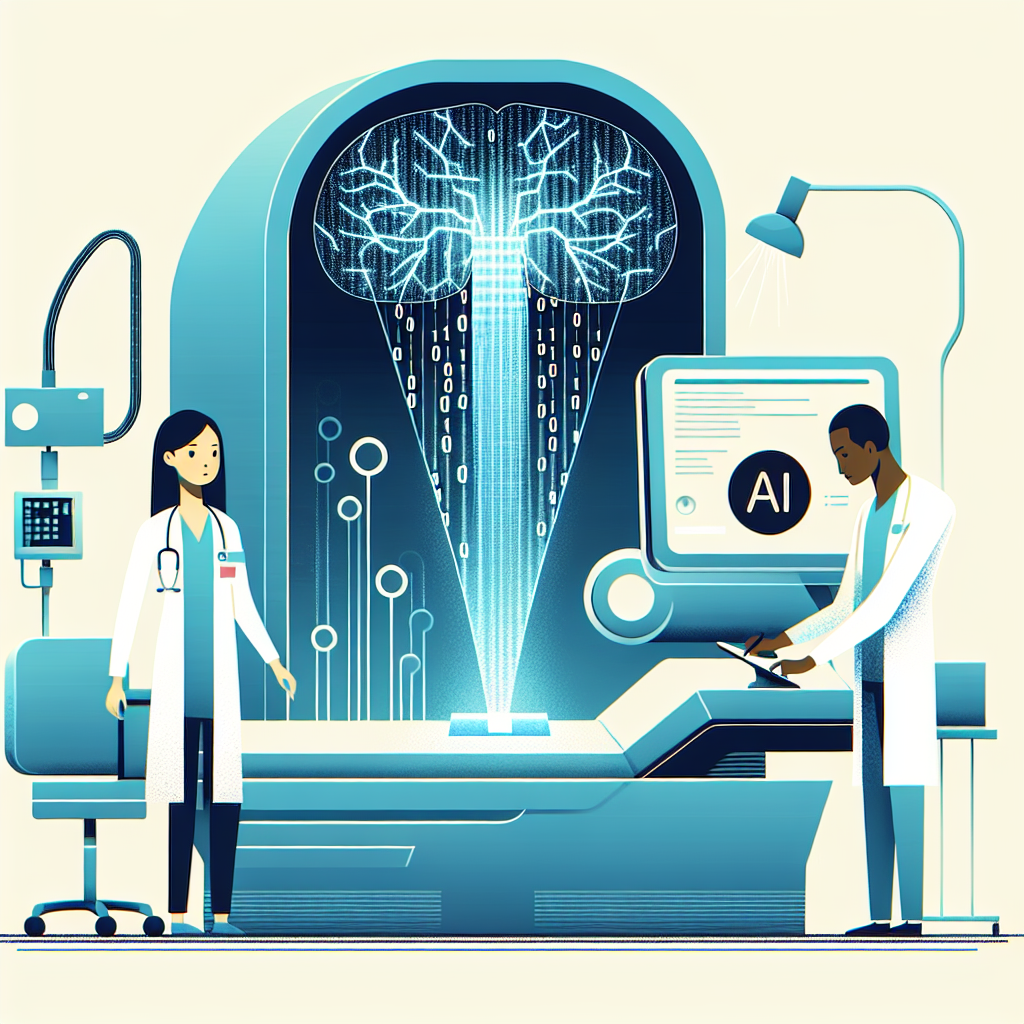The Benefits of AI Software in Medical Imaging
Medical imaging plays a crucial role in the diagnosis and treatment of various medical conditions. From X-rays and CT scans to MRIs and ultrasounds, medical imaging techniques provide valuable insights into the internal structures of the human body. However, interpreting these images accurately can be a challenging and time-consuming task for healthcare providers.
This is where artificial intelligence (AI) software comes into play. AI algorithms have the potential to revolutionize medical imaging by automating and enhancing the analysis of medical images. By leveraging machine learning and deep learning techniques, AI software can assist radiologists and other healthcare professionals in interpreting images more efficiently and accurately.
There are several benefits of using AI software in medical imaging, including:
1. Improved Accuracy: One of the primary advantages of AI software in medical imaging is its ability to improve the accuracy of image analysis. AI algorithms can detect subtle patterns and anomalies in medical images that may be missed by human observers. This can help healthcare providers make more accurate diagnoses and treatment decisions.
2. Faster Diagnosis: AI software can analyze medical images much faster than humans, reducing the time it takes to make a diagnosis. This can be especially beneficial in emergency situations where quick decision-making is critical. By speeding up the diagnostic process, AI software can help healthcare providers deliver faster and more effective care to patients.
3. Personalized Treatment: AI software can analyze medical images to identify unique characteristics of a patient’s condition, allowing for personalized treatment plans. By tailoring treatment to the individual patient, healthcare providers can improve outcomes and reduce the risk of complications.
4. Enhanced Workflow: AI software can streamline the workflow of radiologists and other healthcare professionals by automating routine tasks such as image analysis and report generation. This can free up time for healthcare providers to focus on more complex cases and spend more time with patients.
5. Cost-Effective: By improving the efficiency and accuracy of medical imaging, AI software can help healthcare providers reduce costs associated with misdiagnosis, unnecessary tests, and treatment delays. This can lead to significant cost savings for healthcare organizations and ultimately benefit patients by making healthcare more affordable and accessible.
FAQs
Q: How does AI software analyze medical images?
A: AI software uses machine learning algorithms to analyze medical images. These algorithms are trained on large datasets of labeled images to learn patterns and features that are indicative of specific medical conditions. Once trained, the AI software can apply this knowledge to new images and provide insights to healthcare providers.
Q: Is AI software as accurate as human radiologists?
A: Studies have shown that AI software can be as accurate as, or even outperform, human radiologists in certain tasks such as detecting tumors or fractures in medical images. However, AI software is not meant to replace human radiologists but rather to assist them in their work and improve the accuracy and efficiency of image analysis.
Q: How can healthcare providers implement AI software in their practices?
A: Healthcare providers can implement AI software in their practices by partnering with AI software vendors or developing their own AI solutions. It is important to ensure that the AI software is validated and compliant with regulatory requirements before integrating it into clinical workflows. Training healthcare providers on how to use AI software effectively is also crucial for successful implementation.
Q: What are the limitations of AI software in medical imaging?
A: While AI software offers many benefits, it also has limitations. AI algorithms require large amounts of labeled data to train effectively, which may not always be readily available. Additionally, AI software may struggle with interpreting complex or rare cases that deviate from the training data. Healthcare providers should use AI software as a tool to assist in image analysis rather than relying solely on its results.
In conclusion, AI software has the potential to transform medical imaging by improving the accuracy, speed, and efficiency of image analysis. By leveraging the power of AI algorithms, healthcare providers can make more accurate diagnoses, deliver personalized treatment plans, and enhance patient care. While there are challenges and limitations to overcome, the benefits of AI software in medical imaging are clear, and its adoption is poised to revolutionize the field of radiology and improve patient outcomes.

